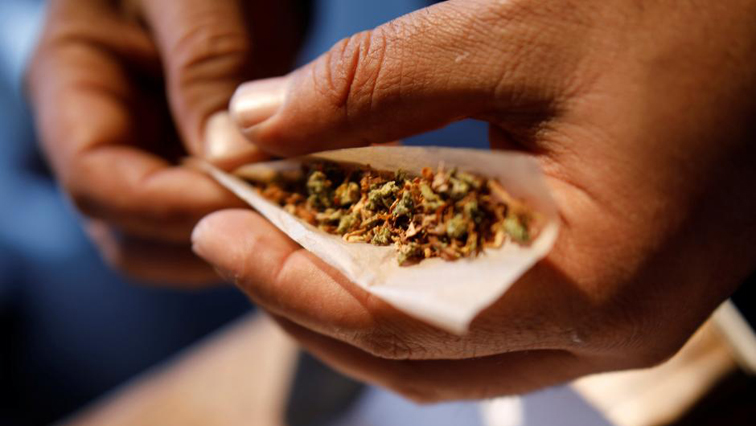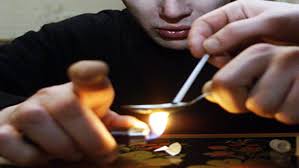The scourge of substance abuse among the youth has been cast in the spotlight with experts labeling it as a “serious concern.”
A previous study by the South African Medical Journal (SAMJ) has shown that almost 20% of South Africans abuse mind-altering substances with alcohol, painkillers, and dagga, being among the most preferred.
These grim figures were presented by the South African National Council on Alcohol and Drug Dependence (SANCA) as it concluded its Drug Awareness Week.
Some people who shared their experiences with drug abuse include former paramedic Thokozani Khoza who started using Nyaope after witnessing a traumatic event while on duty.
After responding to an emergency call, where a Pitbull had mauled a one-year-old, he began developing insomnia. Despite efforts to deal with the trauma, sleepless nights persisted and that’s when he turned to a friend who introduced him to the street drug.
“I went to one of my friends and I asked for advice and explained to him that I wasn’t sleeping at all. He introduced me to Nyaope, which made me sleep. I used to sleep like a baby when high. Before I knew it, my whole life started revolving around substance abuse,” he explains.
But the high that came with the drug use finally caught up with Khoza.
The feelings of drowsiness were no detriment to his health as he was always on the drug. Now three years clean, his life is on the mend.
“I went to SANCA and stayed at rehab. I came out. I worked a lot for people to trust me, especially my parents, then my community. That was my turning point,” he says.
Meanwhile, the number of young people turning to alcohol and substance abuse is increasing. The National Youth Risk Behaviour Survey reports that at least 50 percent of learners between Grades 8 and 12 have tasted alcohol.
Love Life – a youth-focused prevention initiative – attested to these statistics.
Its Gauteng provincial manager, Thilivhali Livhadi highlights that there was a rise in substance abuse and that it happens in both rural and urban areas.
“In rural areas, with the absence of sport and recreational facilities, we find young people converging in corners. In urban areas we have facilities, but they are underutilised. Younge people converging there, but not activating them, instead using alcohol,” Livhadi says.
Social worker Mandy Stokes, on the other hand, thinks the prevalence of hubby bubbly or hookah and vaping has desensitised many people to the risk of substance abuse.
“Obviously, there’s an increase in hubby use but there is also a change in legislation with marijuana has kind of changed people’s perception, even if it’s just decriminalised, accessibility to that plus the vaping that is happening all over kind of desensitises people to what it is they put in their system,” adds Stokes.
Anti-drug activist Dereleen James points out that communities are trying to fight the scourge of drugs in communities but limited resources are an obstacle.
“In many of our communities, we find that these social workers aren’t accessible, we find that we do not have enough clinics where we can have drug testing done accessible to families and communities. We find there is no access to information. Many communities are organised, in Eldorado Park, there are many NGOs assisting but those NGOs need support from various government departments,” she said.



